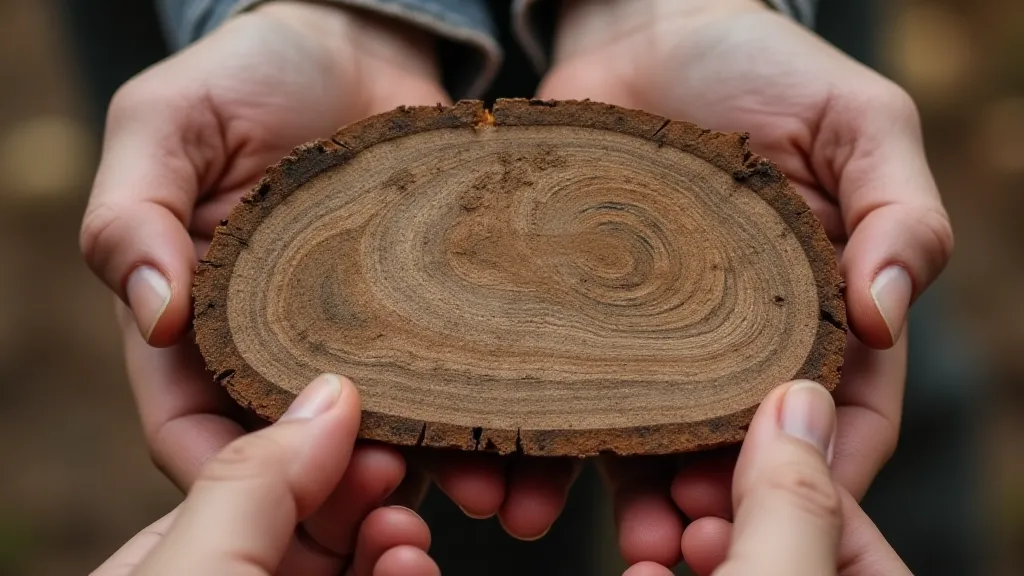Ethical Wood Sourcing: What to Look for and Why It Matters
We're all becoming more conscious of the impact our choices have on the planet. From the food we eat to the clothes we wear, sustainability is a guiding principle. But have you ever stopped to consider where the wood in your furniture and other products comes from? Ethical wood sourcing is a vital component of sustainable living, and understanding it can significantly reduce your environmental footprint.
Why Ethical Wood Sourcing Matters
The way wood is harvested has a massive impact on forests – critical ecosystems that provide oxygen, regulate climate, support biodiversity, and protect watersheds. Unsustainable logging practices can lead to deforestation, habitat loss, soil erosion, and even contribute to climate change. Deforestation isn’t just about losing trees; it disrupts entire ecological balances.
Ethical wood sourcing aims to minimize these negative impacts. It focuses on harvesting wood in a way that considers the long-term health of the forest and the communities that depend on it. It's about balancing our needs with the planet’s capacity to provide.

Understanding Certifications: Your Guiding Light
Navigating the world of wood sourcing can feel overwhelming. Fortunately, several certifications help consumers identify products made from sustainably harvested wood. Here are some of the most important to know:
- Forest Stewardship Council (FSC): Widely recognized as the gold standard, FSC certification ensures that forests are managed responsibly, considering environmental, social, and economic factors. Look for the FSC logo – it's your assurance that the wood comes from a well-managed forest.
- Programme for the Endorsement of Forest Certification (PEFC): Another reputable certification system, PEFC promotes sustainable forest management practices globally. It focuses on national standards tailored to local conditions.
- Sustainable Forestry Initiative (SFI): Primarily used in North America, SFI focuses on responsible forest management and promotes biodiversity, wildlife habitat, and clean water.
While these certifications don't guarantee perfect practices, they represent a commitment to higher standards than those typically found with non-certified wood.
Beyond Certifications: Questions to Ask
Even with certifications, it’s always a good idea to do a little more digging. Here are some questions to consider:
- Origin of the Wood: Where was the wood harvested? Knowing the region can provide insights into potential environmental and social concerns.
- Species of Wood: Some wood species are more vulnerable than others. Look for information about the species used and its conservation status.
- Traceability: Can the company provide information about the supply chain and how the wood was harvested? Transparency is a sign of commitment.
- Company Values: Does the company demonstrate a broader commitment to sustainability and ethical practices?
Practical Tips for Choosing Sustainable Wood Products
- Look for Reclaimed Wood: Reclaimed wood is salvaged from old buildings or other structures, giving it a new life and reducing the demand for newly harvested wood.
- Choose Bamboo: Bamboo is a rapidly renewable resource that grows quickly and doesn't require pesticides or herbicides. It’s a fantastic alternative to traditional wood.
- Consider Alternative Materials: Explore furniture and products made from materials like recycled plastic, metal, or even mushroom composites.
- Buy Less, Buy Better: Focus on purchasing durable, well-made products that will last longer, reducing the overall demand for wood.

Making a Difference: One Purchase at a Time
Ethical wood sourcing is a crucial element of sustainable living. By understanding the issues and choosing products responsibly, you can contribute to protecting our forests and supporting responsible forestry practices. It's about recognizing that every purchase has an impact – and choosing to make a positive one. Let's work together to create a future where our needs are met without compromising the health of our planet.






